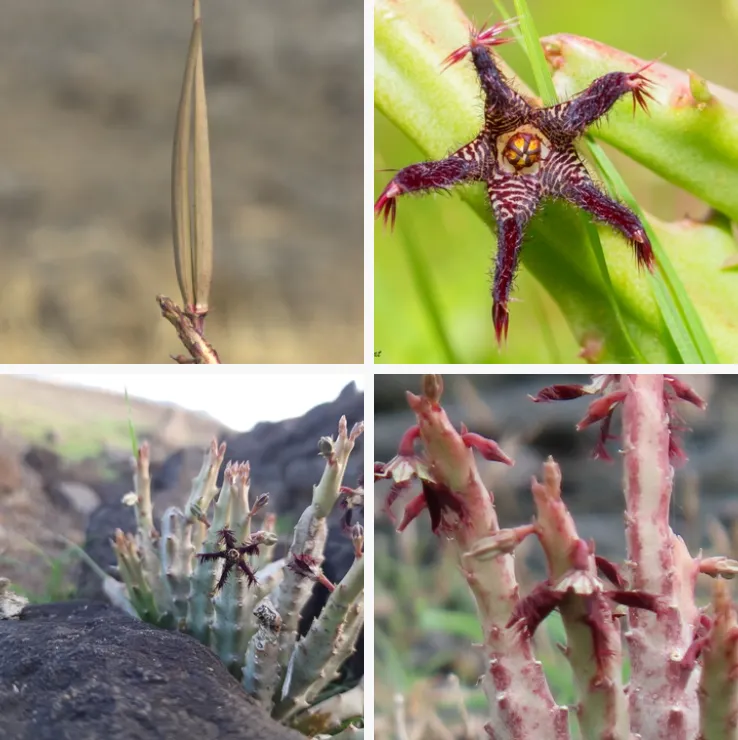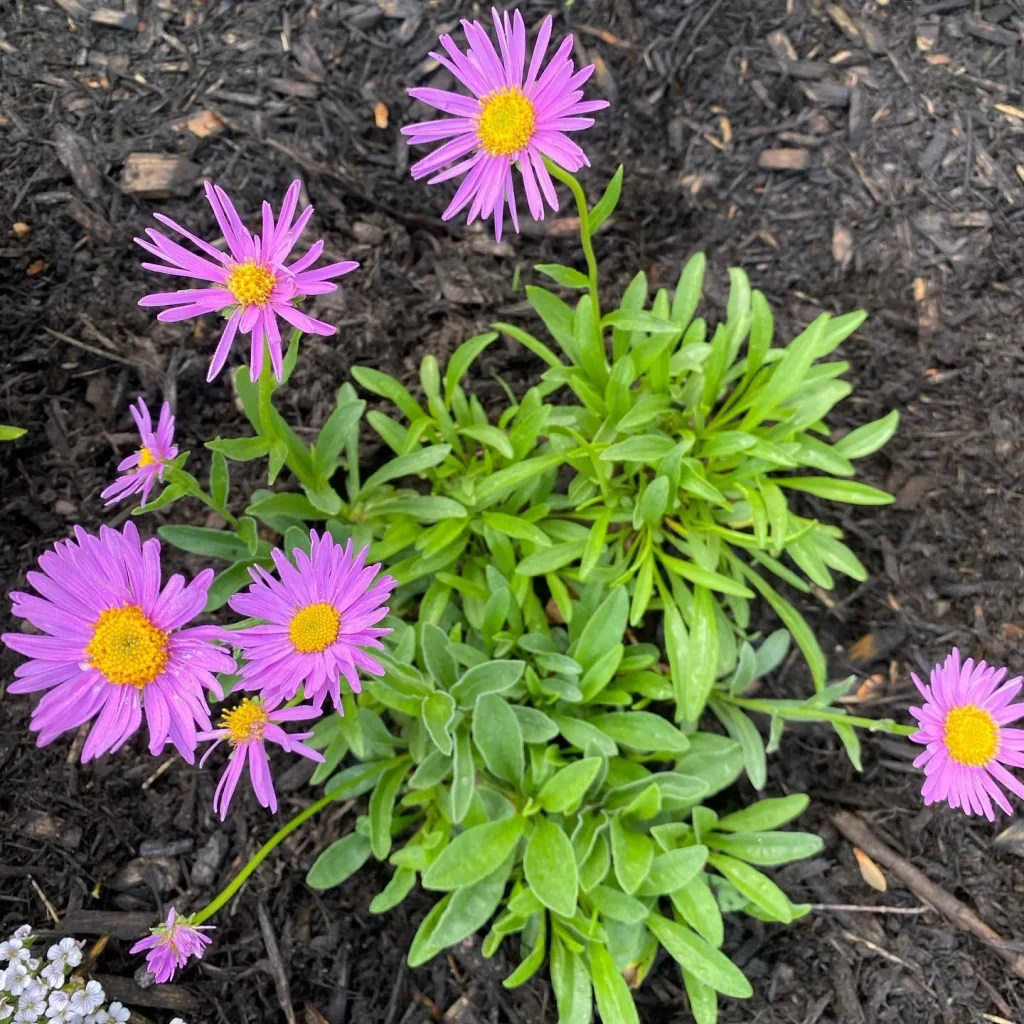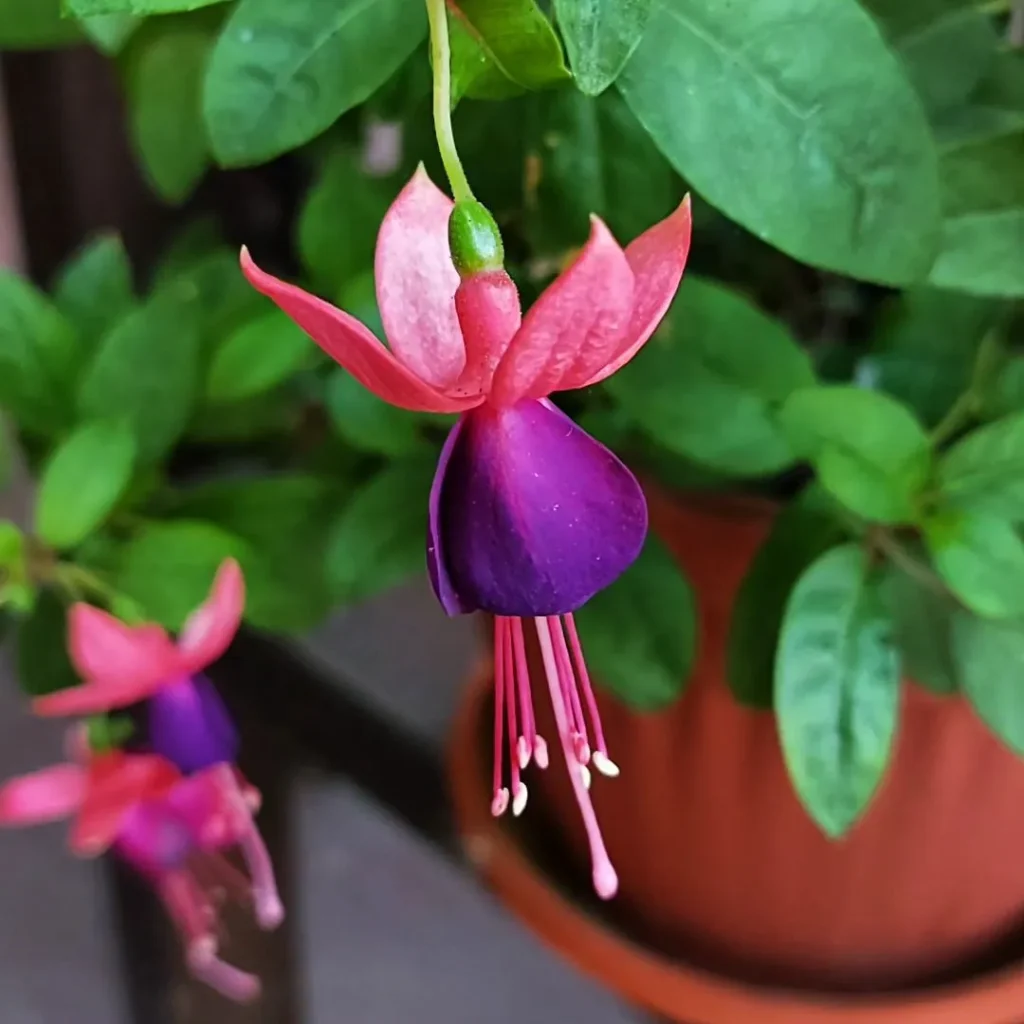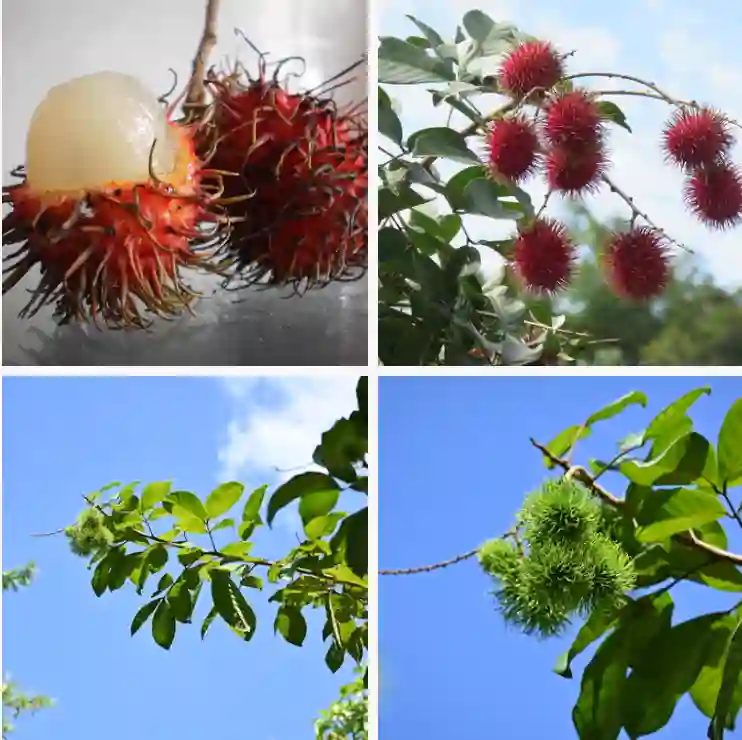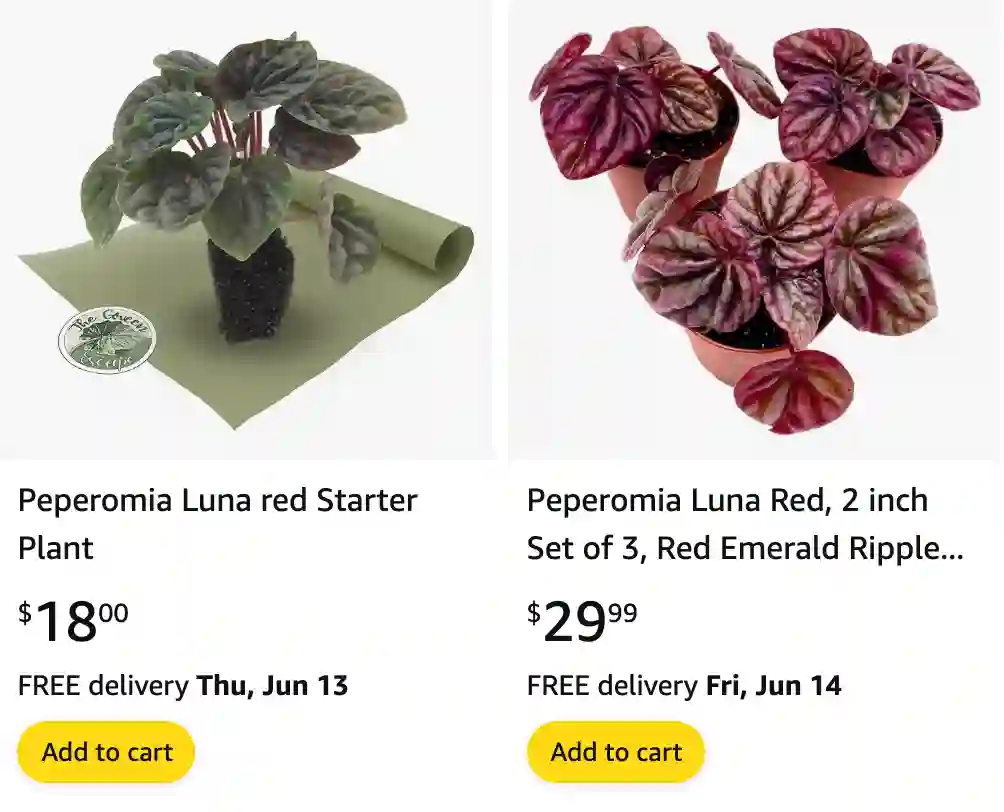
The Alluring Peperomia Red Luna: A Compact Jewel for Indoor Gardeners
My name is Ferb Vu, and like many indoor plant enthusiasts, I’m captivated by the charm of unique and low-maintenance houseplants. One such beauty that recently stole a place in my heart (and on my windowsill) is the Peperomia Red Luna. This isn’t your average peperomia. With its deep, velvety burgundy leaves boasting a captivating texture, it’s a conversation starter and a visual treat.
For those seeking a fuss-free houseplant that adds a pop of color and a touch of elegance, the Peperomia Red Luna is an excellent choice. But before you rush out and snag one, let’s delve deeper into its characteristics, care requirements, and even explore propagation techniques!
1424 Species in Genus Peperomia
What is Peperomia Red Luna?
The Peperomia Red Luna, a cultivar of the Peperomia caperata species, boasts heart-shaped leaves that are unlike any other. Unlike its emerald green cousins, the Red Luna’s foliage boasts a rich, burgundy hue that deepens with ample light. The leaves themselves are a marvel – crinkled and textured, they feel almost velvety to the touch. This textural contrast adds another layer of interest to the plant’s overall appearance.
This compact plant typically grows to a height of 8-12 inches, making it ideal for smaller spaces or adding a touch of life to a bookshelf or desk. As a perennial evergreen, the Red Luna offers year-round beauty, its lush foliage adding a touch of life to any room.
How to care for Peperomia Red Luna?
The Peperomia Red Luna is a dream come true for busy plant parents. Here’s what you need to know to keep your Red Luna thriving:
- Light: This low-light tolerant plant thrives in bright, indirect sunlight. Avoid harsh midday sun, as this can scorch the leaves.
- Watering: Overwatering is the enemy of the Red Luna. Allow the top inch of soil to dry completely before watering again. Err on the side of underwatering, as the plant can recover more readily from dryness than soggy soil.
- Soil: Well-draining potting mix is crucial. Opt for a cactus or succulent mix, or create your own by combining regular potting mix with perlite or coarse sand for added drainage.
- Humidity: While the Red Luna doesn’t require high humidity levels, it can appreciate occasional misting, especially during dry winter months. Grouping your Red Luna with other humidity-loving plants can also create a more favorable microclimate.
- Temperature: The Red Luna prefers moderate temperatures between 65-75°F (18-24°C). Avoid placing it near cold drafts or heat sources.
Can You Propagate the Peperomia Red Luna?
Absolutely! Propagating your Peperomia Red Luna is a rewarding experience that allows you to share the plant’s beauty with friends or create a fuller pot for yourself. Here are two effective methods:
- Leaf cuttings: Select a healthy, mature leaf and carefully remove it from the main stem. Plant the petiole (leaf stem) in a pot filled with moist, well-draining potting mix. Ensure the petiole is buried up to its first node (the bump where the leaf joins the stem). Keep the soil moist but not soggy, and place the pot in bright, indirect light. With patience, roots and new growth should emerge in a few weeks.
- Stem cuttings: Cut a healthy stem section with at least two nodes. Remove the lower leaves and plant the stem cutting in a pot filled with well-draining potting mix, ensuring at least one node is buried. Similar to leaf cuttings, keep the soil moist and provide bright, indirect light. New growth should appear from the buried nodes within a few weeks.
Bonus Tip: Creating a Peperomia Red Luna Arrangement
While the Peperomia Red Luna is stunning on its own, it can also be a fantastic addition to a mixed houseplant arrangement. Consider pairing it with plants that have contrasting foliage colors or textures, such as:
- ZZ plant (Zamioculcas zamiifolia): This low-maintenance plant boasts glossy, deep green leaves that beautifully complement the Red Luna’s burgundy hues.
- Snake plant (Sansevieria trifasciata): Another low-light champion, the snake plant’s upright, variegated leaves create a striking contrast with the Red Luna’s rounded form.
- Calathea varieties: These prayer plants offer a variety of stunning foliage patterns and colors, adding a playful touch to the arrangement.
By incorporating these tips and exploring your creativity, you can create a truly unique and visually captivating indoor oasis.
Final Thoughts: The Peperomia Red Luna – A Jewel for Your Indoor Garden
The Peperomia Red Luna is a captivating houseplant that offers a unique combination of beauty and ease of care. With its stunning burgundy foliage and compact size, it’s a versatile addition to any indoor space. Whether you’re a seasoned plant enthusiast or just starting your indoor jungle journey, the Red Luna is sure to add a touch of elegance and vibrancy to your home. So, why not give this little gem a try? You might just find yourself falling in love with its charm.
If i die, water my plants!
